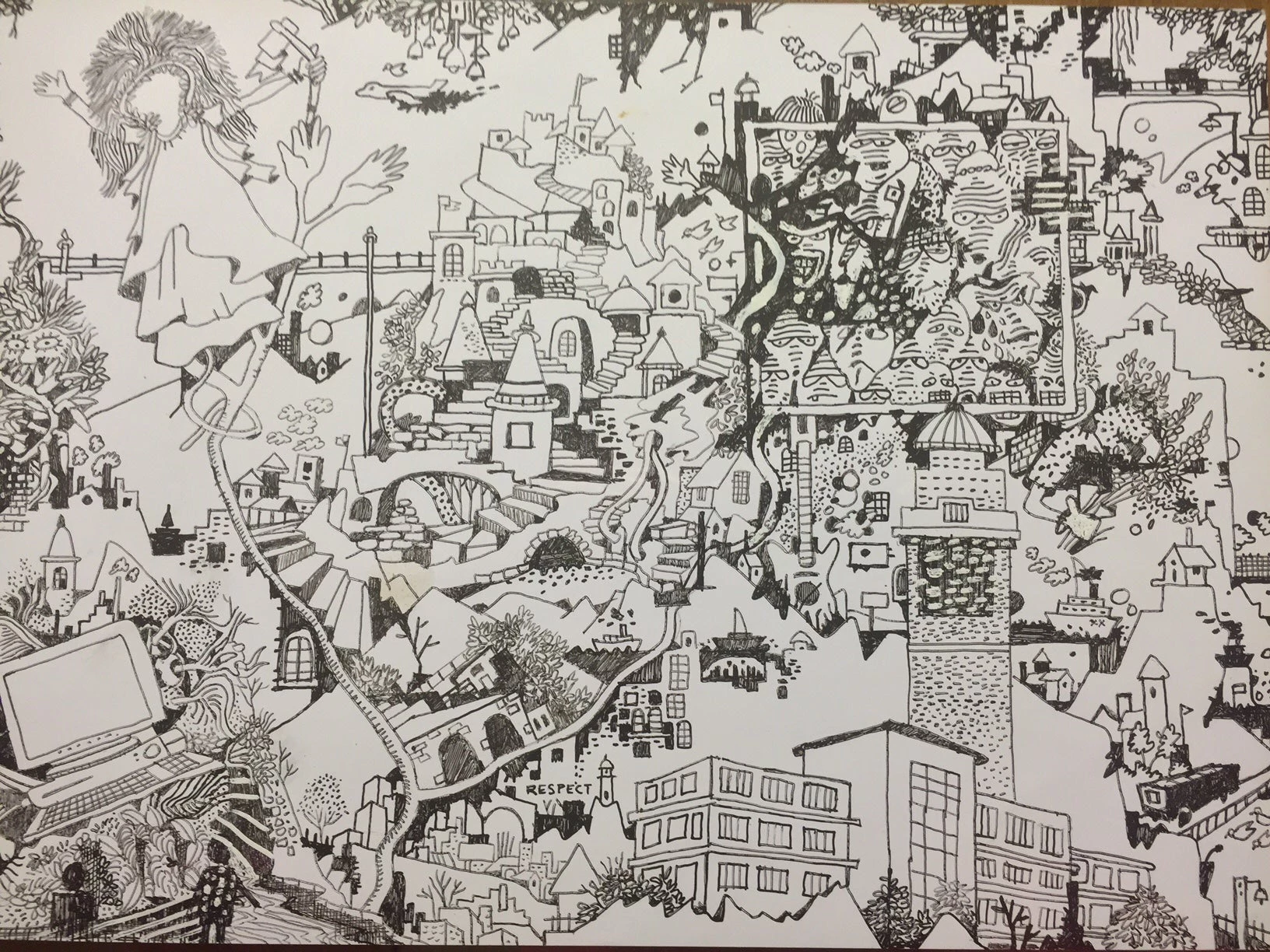
Resource rich nations face unique challenges when attempting to move from low to high value added activities.
Resource sectors (such as mining and oil) tend to be highly capital intensive and offer limited employment opportunities to accommodate workers exiting from other sectors with lower average productivity, such as agriculture and informal services.
A majority of fragile and conflict-affected countries are resource-rich, so their ability to move into higher value-added activities will heavily influence the likelihood of achieving peace.
In a new IMF working paper with World Bank Senior Economist Bill Battaile and I titled Transforming Non-Renewable Resource Rich Economies we use detailed new data to benchmark growth, productivity and export patterns for resource rich countries in comparison with other developing countries.
We find that inter-sectoral growth dynamics have been frozen in time for resource rich nations, especially at lower incomes. Despite productivity convergence in mining, productivity growth in manufacturing and services was generally lower in resource rich countries. There are only a few exceptions in East Asia and the CIS countries that experienced more broad-based productivity growth. Product exports are highly concentrated and relatively less complex. However, we find increasingly diversified service export baskets from resource rich economies. Technological progress through the internet and greater trade in services may offer diversification options for the future.
Volatility of “Resource Led Growth”
Our evidence shows high volatility in resource booms and busts, by commodity and over time. Figure 1 illustrates the heterogeneous experience of the value of non-renewable commodity exports over the past 30 years. This “heat map” shows the average annual growth rate of the value of commodity exports across all countries, ranging from above 50 percent growth in red to less than -50 percent in green. Differentiation by commodity is stark. Oil and copper export values have shown high rates of growth for the majority of the period, with relatively few contractions. Iron, minerals and mining have shown more modest, yet mostly positive growth. In contrast, uranium and gold are exported in low volumes and exhibit more erratic export growth and contraction rates.
Strong GDP growth performance is clearly seen for countries like Indonesia, Botswana, and Chile but deeper structural issues persist in others. Examples of such booms in the 2000s include Zambia (copper), Bolivia (gas) and Azerbaijan (oil). The universal collapse in commodity exports in 2009 is apparent, though with differing effects on GDP growth across countries. This dependence can vary dramatically over time, such as boom years in the importance of gold in Liberia in the early 1990s or volatile oil booms in Turkmenistan in the 1990s.
Many of these economies face significant Dutch disease effects, including solely from a shift in demand following a resource discovery. Policymakers often seek a more balanced growth model, aiming for resource rents to fuel productivity gains in the non-resource sectors. Impressive growth during resource-driven booms masks structural issues.
Figure 1. Non-Renewable Resource Export Growth by Commodity

Classification based on IMF (2012).
The Good, The Bad and the Ugly
There are few “ good” guys. Successful transformers like Indonesia, Vietnam, and Mexico have done better than others by absorbing the productive capacity and diversifying into other sectors. Resource base exports are important for these countries; however there is considerable diversification away from extractive-resources. For example, music equipment, foot-wear, garments, data processing machines etc., have been emerging new products from Indonesia.
From the vantage point of economic transformation, we could say that Syria is not so “ bad” since it has been a marginally diversified economy. In spite of the current turmoil, Syria has the potential to diversify more easily and develop new sources of comparative advantage. Syria exported many farm products including apples, anise or badian seeds, potatoes and nuts before the conflict. Natural calcium phosphates accounted a greater share than crude petroleum in the most recently available statistics. Many textiles including T-shirts, sweaters, cotton yarn prominent exports from Syria in the face of conflict.
The notion of good and bad cases can be measured more clearly from product and services that are exported. Some countries like Ecuador, Chile, Bolivia, and Kazakhstan also show some shifts into manufactured products and modern services. For example, wine, fish, copper wires, financial and broadband internet services from Chile are taking off.
Looking at evidence over the past two decades, the rest aren’t so lucky and the situation might even look “ ugly”. Many of the resource rich economies export only one non-renewable resource. In Iraq – more than 98 percent of their exports concentrated in oil; similarly more than 98 percent of Libya’s exports concentrated in extractive resources; more than half Niger’s exports in uranium derivatives (for French nuclear companies) and remainder in tobacco. Iran, Mali, Libya show similar trends where exports remains highly concentrated.
Development and Peace
Political instability and internal conflict distort the ability to modernize these economies, and production is generally frozen in such situations. However, promoting structural shift and engaging in the global economy should be a non-negotiable part of any diplomatic peace efforts.
New technologies like the Internet bring some hope. The internet provides opportunities for increasingly diversified service exports, which may offer a channel for future growth. The deployment and distribution of high end services through ICT networks have relatively lower barriers to entry and promote faster economic transformation. Boosting productivity of service suppliers may aid long awaited movements in agriculture, manufacturing and renewable energy. This will also help create new jobs and growth.
Modernizing these economies will remain critical for global development, security and peace.


Join the Conversation